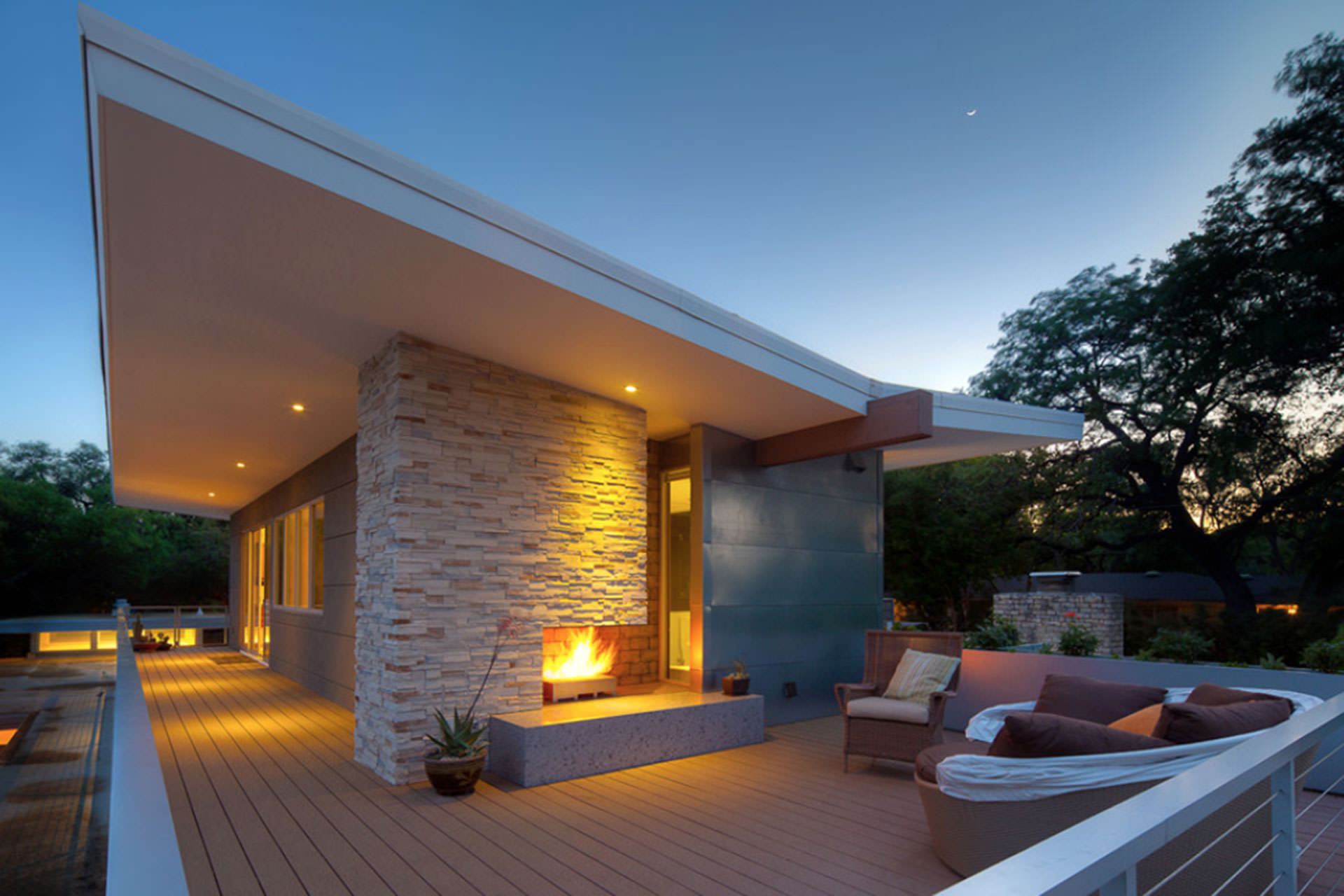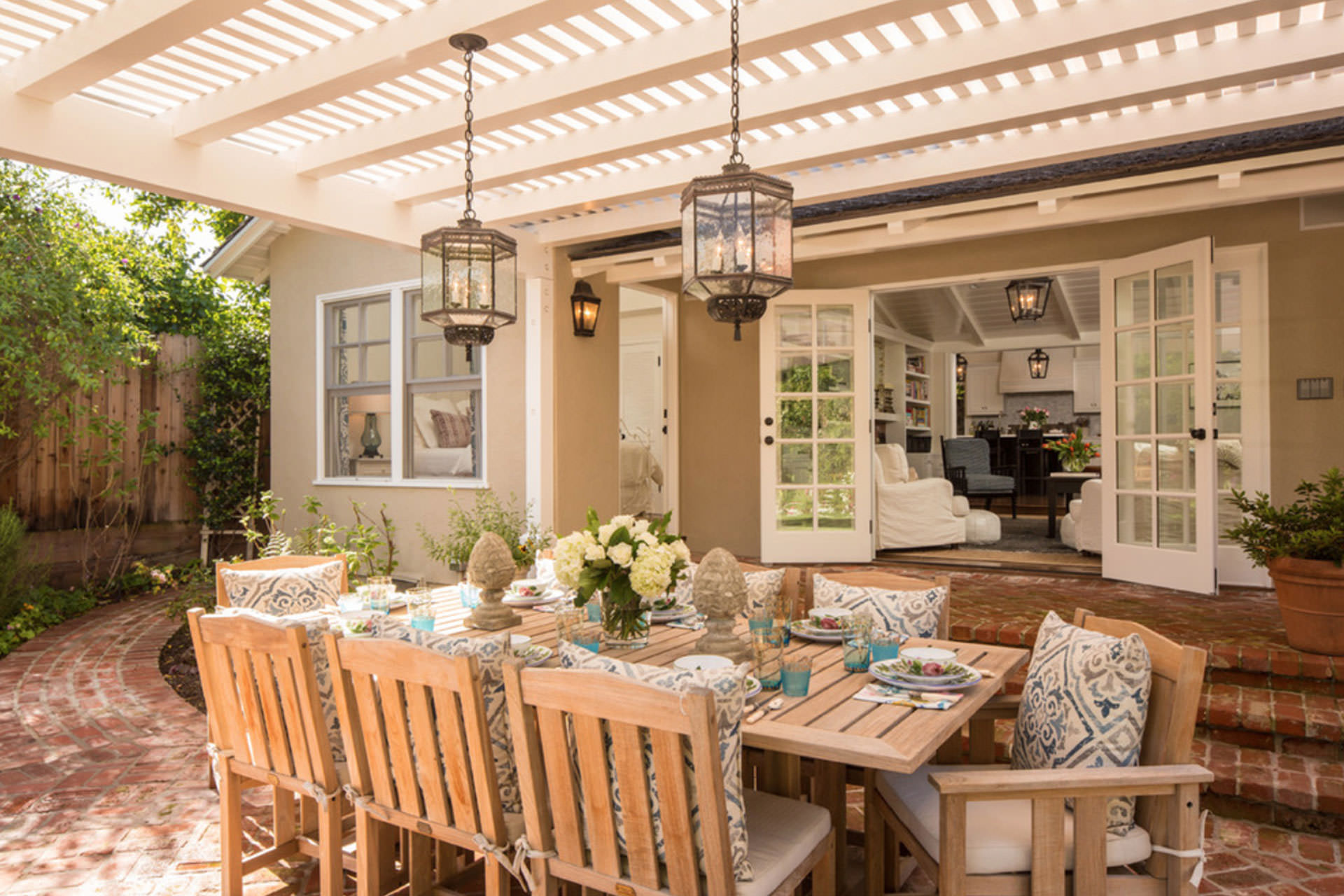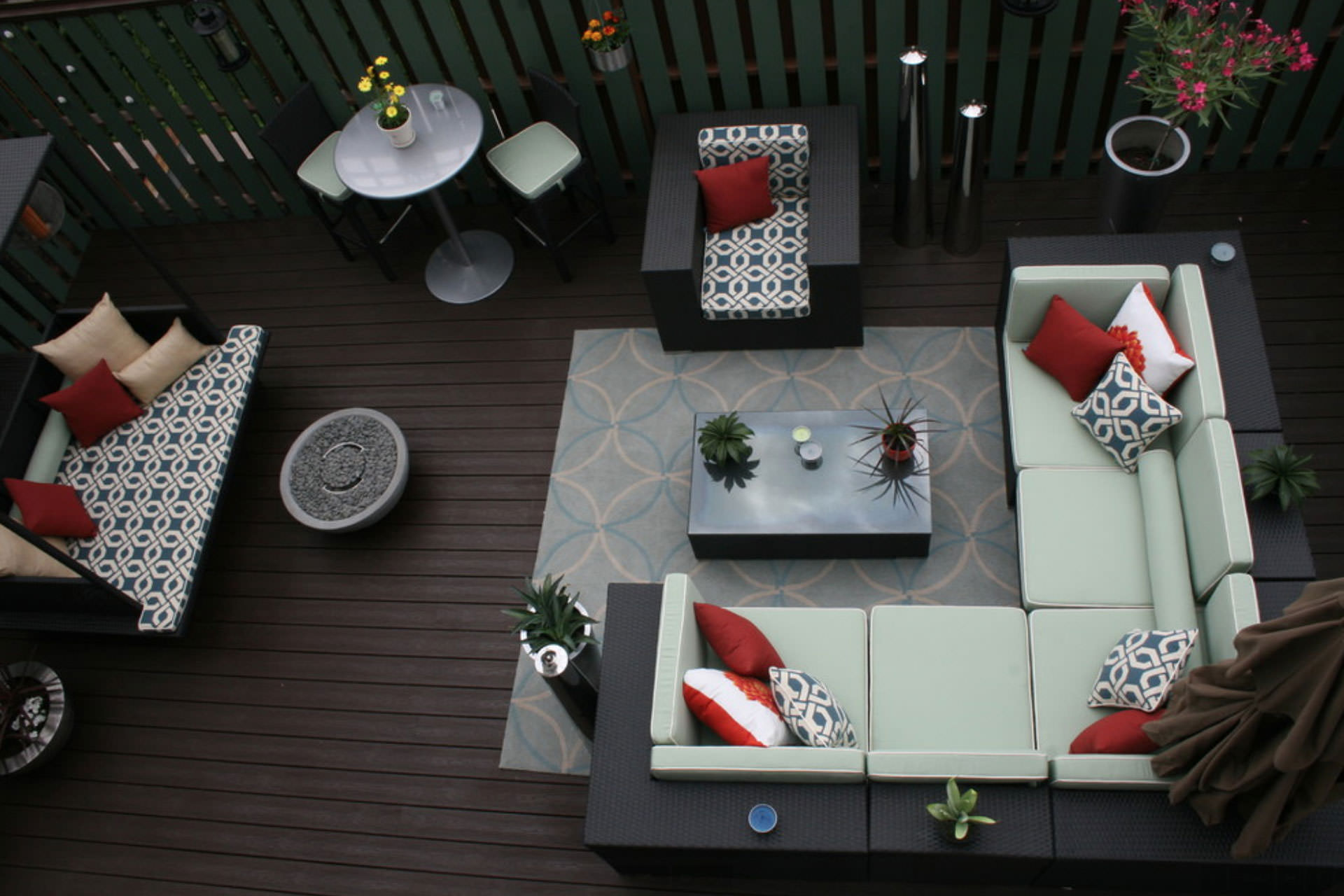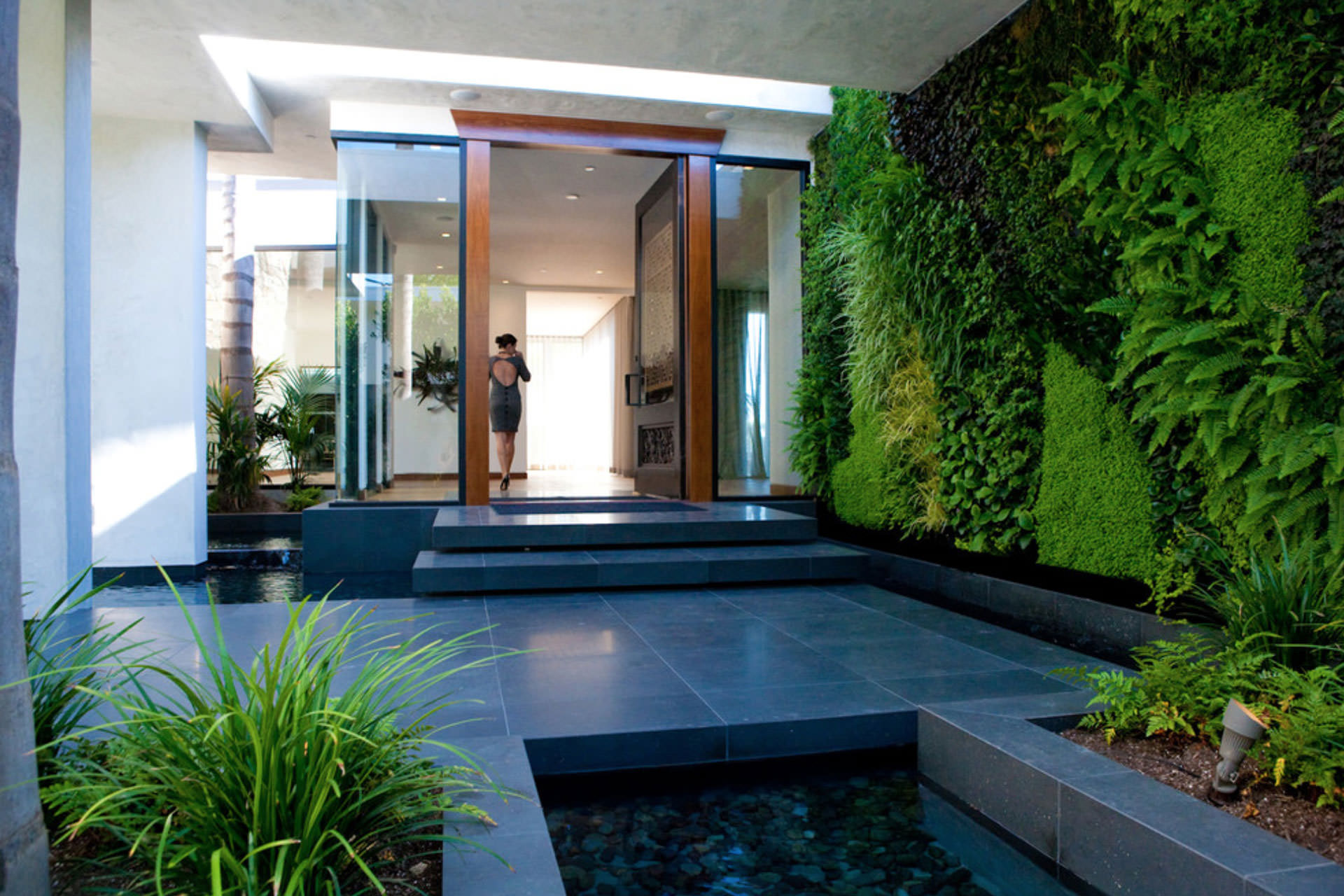Four Tips on Softening Transition to Your Outdoor Space
Outdoor spaces are becoming an essential part of many homes, serving as pivotal a purpose as any kitchen or living room. One way in which homeowners can optimize this addition to their home is by softening the transition from the indoor space to the outdoor one, making these exterior spaces as intrinsic and organic a part of a home as any other room in a house.
1. Working with Abstract Forms

The monolithic, square structure that used to define a home doesn’t meet today’s architectural styles. Ideally, homes should break up the four-sided structure of the traditional home with a series of wings, outcroppings, overhangs, etc. This creates flow and a bit of surprise in a home, an intrinsic part of which can be your outdoor space. Use your outdoor space to create one of these surprising moments in your home’s structure that break up the perimeter.
2. Creating Transition

An outdoor space works best when it’s a natural extension of an interior. If you have a large set of French doors off of your main sitting room, for example, you could place your outdoor space there, using a pergola to give structure to your outdoor room. Your outdoor space will blend naturally onto the sitting room, complementing it and providing a natural spot to which guests might transition during a get together. If you have a raised threshold between two spaces, consider recessing it into the floor so that the threshold does not serve as a visual and physical barrier between the two spaces.
3. Using Materials to Create Continuity

Using similar materials in your interior and exterior space can create the necessary and natural transition from one space to the other. Creating continuity in the flooring is a good option to consider. If your flooring in your interior room is wood, consider using it in the floor of your exterior space, as well. If that’s not a possibility, you can also use accents in the exterior space that reference the interior wood flooring. The wood beams of a pergola, for example, or a large wooden planter used as a wall can create flow and continuity by highlighting your interior’s design theme.
4. Bringing the Outdoors to your Interior

Just as continuing themes from your interior to your outdoor space can create an effective transition, so can the reverse. One of the best ways to do this is to bring a bit of the plants, flowers, and greens you use in your outdoor room into your interior. Use similar planters or pots, and space them so that they work in tandem with the natural flow of your exterior space.
Creating an organic transition between an exterior and an interior is simple with a few techniques. Do you have experience integrating your outdoor space into your home? Let us know your own tips and tricks in the comments below.
Retractable Solutions for Outdoor Spaces
Please complete the form below to download our free eBrochure.
Price List included
Related Posts
September 30, 2014
Create an Eco-Friendly Outdoor Space
January 6, 2014



